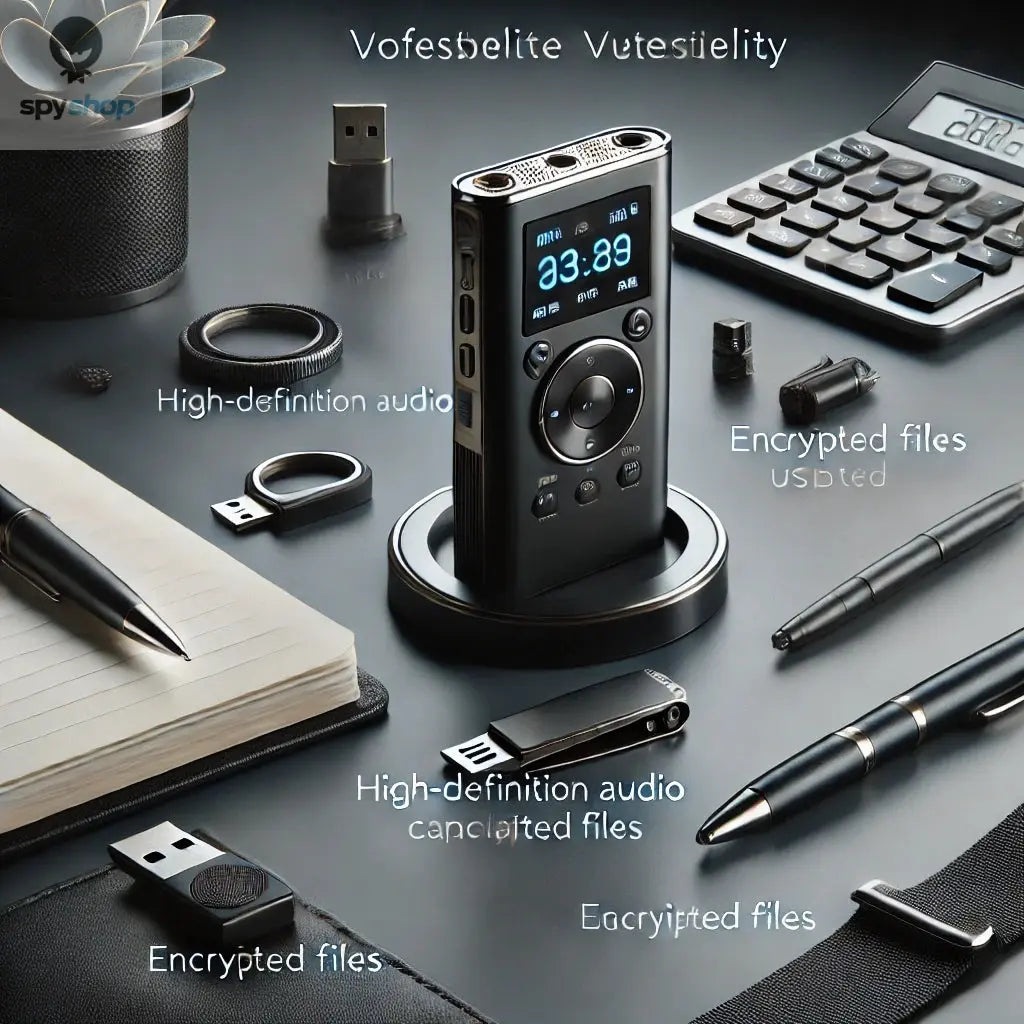
The Future of Video Surveillance: Trends and Innovations
As technology continues to evolve, the field of video surveillance is experiencing significant advancements. These innovations are shaping the future of security, providing more effective and efficient ways to monitor and protect assets. Here are some key trends and innovations driving the future of video surveillance.

Artificial Intelligence and Machine Learning
Artificial intelligence (AI) and machine learning (ML) are revolutionizing video surveillance by enabling systems to analyze vast amounts of data quickly and accurately. These technologies can identify patterns and detect anomalies in real-time, reducing the need for human intervention. AI-powered surveillance cameras can recognize faces, license plates, and even specific behaviors, enhancing security measures in various environments.
Cloud-Based Surveillance
Cloud-based surveillance solutions are becoming increasingly popular due to their scalability and flexibility. These systems allow users to store and access video footage remotely, eliminating the need for physical storage devices. Cloud storage also provides enhanced security features, such as data encryption and automatic backups, ensuring that video data is safe from loss or theft.
High-Definition and 4K Resolution
The demand for high-definition (HD) and 4K resolution cameras is growing as they provide clearer and more detailed images. These cameras are particularly useful in identifying suspects and capturing important details in security incidents. The improved image quality also aids in forensic investigations, making it easier to analyze video footage.
Integration with Smart Devices
Integration with smart devices is another trend shaping the future of video surveillance. Smart surveillance systems can connect with other IoT devices, such as sensors and alarms, to create a comprehensive security network. This integration allows for automated responses to security breaches, such as locking doors or sounding alarms, enhancing overall security.
Enhanced Cybersecurity Measures
As video surveillance systems become more connected, the need for robust cybersecurity measures is paramount. Protecting video data from cyber threats is crucial to maintaining the integrity and confidentiality of surveillance footage. Future surveillance systems will incorporate advanced cybersecurity protocols to prevent unauthorized access and data breaches.
Analytics and Big Data
The use of analytics and big data in video surveillance is transforming how security professionals approach monitoring and incident response. By analyzing large datasets, surveillance systems can provide insights into security trends and potential vulnerabilities. This data-driven approach enables more proactive and informed decision-making, improving overall security effectiveness.
Autonomous Drones and Robotics
Autonomous drones and robotic surveillance units are emerging as innovative solutions for monitoring large and hard-to-reach areas. These devices can patrol predefined routes, capture video footage, and respond to security incidents autonomously. The use of drones and robots enhances situational awareness and provides a mobile surveillance option that can adapt to various environments.
Conclusion
The future of video surveillance is being shaped by technological advancements that offer smarter, more efficient, and more reliable security solutions. From AI and cloud-based systems to high-definition cameras and autonomous drones, these innovations are set to redefine the landscape of video surveillance. As these technologies continue to evolve, they will provide enhanced security and peace of mind for individuals and organizations alike.

